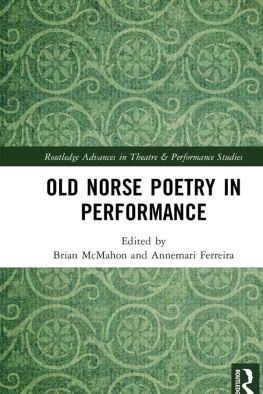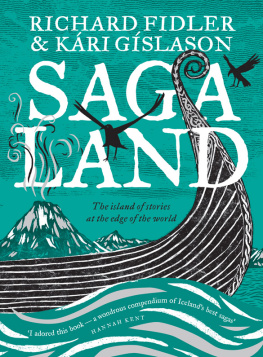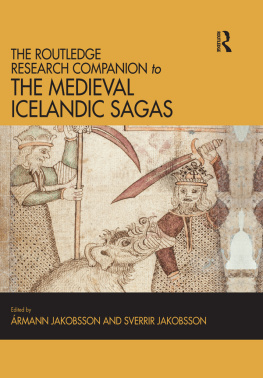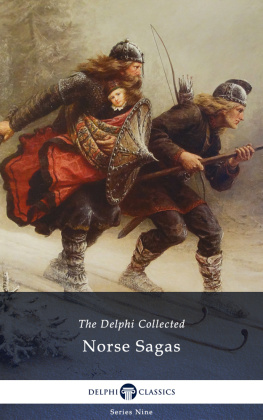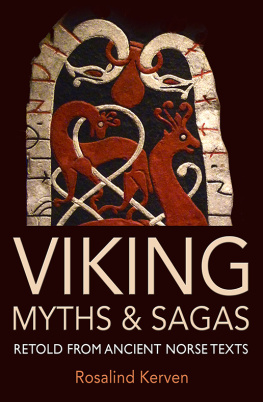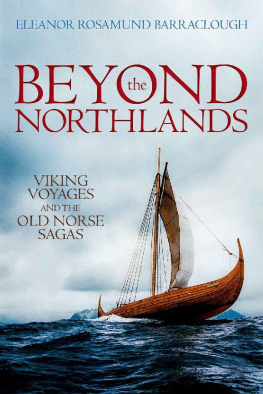2017 selection and editorial matter, rmann Jakobsson and Sverrir Jakobsson; individual chapters, the contributors
The right of rmann Jakobsson and Sverrir Jakobsson to be identified as the authors of the editorial material, and of the authors for their individual chapters, has been asserted in accordance with sections 77 and 78 of the Copyright, Designs and Patents Act 1988.
All rights reserved. No part of this book may be reprinted or reproduced or utilised in any form or by any electronic, mechanical, or other means, now known or hereafter invented, including photocopying and recording, or in any information storage or retrieval system, without permission in writing from the publishers.
Sirpa Aalto (Oulun Yliopisto, Finland)
Haki Antonsson (University College London, UK)
Massimiliano Bampi (Universit Ca Foscari Venezia, Italy)
Bjrn Bandlien (Universitetet i Oslo, Norway)
Eleanor Rosamund Barraclough (Durham University, UK)
Santiago Barreiro (Universidad de Buenos Aires, Argentina)
Patricia Pires Boulhosa (University of Cambridge, UK)
Chris Callow ( University of Birmingham, UK)
Christopher Crocker (Hskli slands, Iceland)
Stefka G. Eriksen (Norwegian Institute for Cultural Heritage Research)
Jhanna Katrn Fririksdttir (Stofnun rna Magnssonar slenskum frum, Iceland)
Stefanie Gropper (formerly Wrth) (Eberhard Karls Universitt Tbingen, Germany)
Pernille Hermann (Aarhus Universitet, Denmark)
rmann Jakobsson (Hskli slands, Iceland)
Sverrir Jakobsson (Hskli slands, Iceland)
Annette Lassen (Kbenhavns Universitet, Denmark)
Miriam Mayburd (Hskli slands, Iceland)
Jan Alexander van Nahl (Stofnun rna Magnssonar slenskum frum, Iceland)
Ralph OConnor (University of Aberdeen, UK)
Hans Jacob Orning (Universitetet i Oslo, Norway)
Viar Plsson (Hskli slands, Iceland)
Carl Phelpstead (Cardiff University, UK)
Lena Rohrbach (Humboldt-Universitt zu Berlin, Germany)
Elizabeth Ashman Rowe (University of Cambridge, UK)
Daniel Svborg (Tartu likool, Estonia)
Jonas Wellendorf (University of California, Berkeley, US)
Julia Zernack (Goethe-Universitt, Frankfurt, Germany)
Editorial assistants
Sarah B. Eriksen
Jacob A. Malone
Vds Ragnheiardttir
26
Artistic Reception
Julia Zernack
The medieval saga literature of Iceland has long been a source of inspiration for artists from different genres. Since the nineteenth century it has in various ways inspired works of literature, music, visual arts, and, increasingly, popular culture. These works borrow plots, characters and motifs, make use of a supposedly characteristic saga style, and not least adopt the term saga itself, which has become an international shorthand to denote narratives of particularly epic breadth or historical depth. The artistic reception of the sagas is an international phenomenon. Its core areas are Iceland and Scandinavia, and English- and German-speaking areas. Offshoots also stretch into Russia and the Romance-speaking countries as far as Latin America.
The artistic perception of sagas has not yet been subjected to a systematic scholarly survey. Yet, the existence of a large number of individual studies shows that it has been of interest to some researchers. These studies focus almost exclusively on the literary reception of sagas (in the broadest sense). However, Jran Mjbergs extensive work on the Scandinavian fascination with Nordic prehistory ( sagatiden ) tracks (amongst other subjects) saga motifs in literature and the visual arts. A preliminary survey of saga motifs in the visual arts in Iceland has also been made, while the perception of sagas throughout other media, such as music or film, remains largely unresearched.
Even if research so far has focused almost exclusively on the literary reception of sagas, the relevant studies are heterogeneous and therefore difficult to categorize in a systematic manner. In a brief overview of the state of scholarship like the present one, it is impossible to do justice to all research questions and findings. Instead, the focus will be on exploring the most important research tendencies. For a better understanding of these, it will first be necessary to gain an overview of the artistic reception of the Icelandic sagas and its historical development.
The History of Artistic Saga Reception
The attention paid by artists to the Icelandic sagas is not an isolated phenomenon but rather part of the broad international interest in Old Norse literature and culture and in the Viking Age. After its beginnings in the seventeenth century, mainly in Scandinavia, this interest began to spread throughout many countries in Europe in the middle of the eighteenth century and has remained productive until today. It has also long since reached beyond Europe. While at first interest focused on the poetry, the mythological traditions and the history of the ancient north, saga literature started to receive sustained attention outside of Iceland from the nineteenth century onwards. Since then fascination with the sagas has found expression in so many different forms that a broad definition of saga reception is required to adequately accommodate this phenomenon. Here the term will be used to describe a continuum, on one end of which, close to the tradition itself, stand translations as the sine qua non of international impact,
Its complexity is not least a result of the fact that many of the hypertexts have themselves undergone copious adaptation. Again and again, characteristic chains of reception or hypertext can be observed. Often their points of origin are impactful translations such as Niels Matthias Petersens Danish version of the Sagas of Icelanders ( Historiske fortllinger om Islndernes frd hjemme og ude , 18391840), the English version of Njls saga by George Webbe Dasent (1861), or the German saga translations in the Sammlung Thule (19111930).
A similar impact is achieved by poetic adaptations which conform to contemporary tastes in exemplary fashion, such as the Romantic verse epic Frithiofs saga (1825) by the Swedish poet Esaias Tegnr (17821846), an adaptation of the late medieval Frijfs saga frkna , which made a splash internationally in the nineteenth century. Such key works not only direct the reader to the original saga texts, they moreover themselves inspire numerous retellings, poetic reimaginings and other kinds of adaptation, which are then adapted in turn, frequently in the context of other media, for example in dramatizations, musical versions, or visualizations. In this way, complex networks of references are established which are often difficult to reconstruct even in the case of individual sagas or within particular national cultures. In 1999, Jn Karl Helgason attempted to achieve this for the international reception of Njls saga . He fittingly characterized its specific hypertextuality as a tradition of forking paths, a metaphor borrowed from Jorge Luis Borges (18991986).



